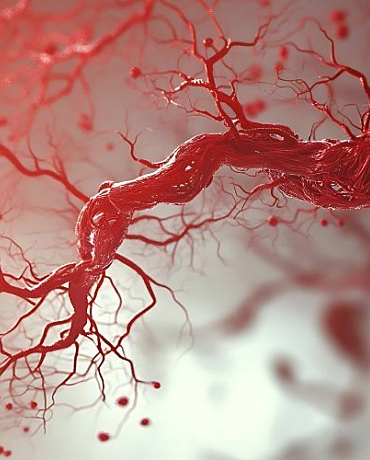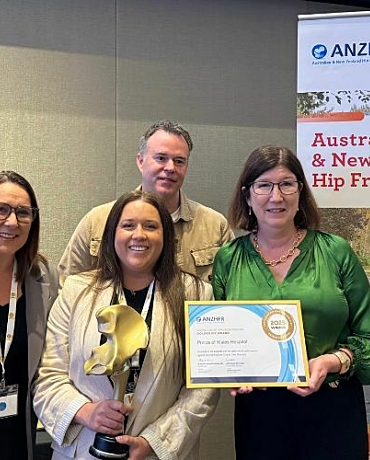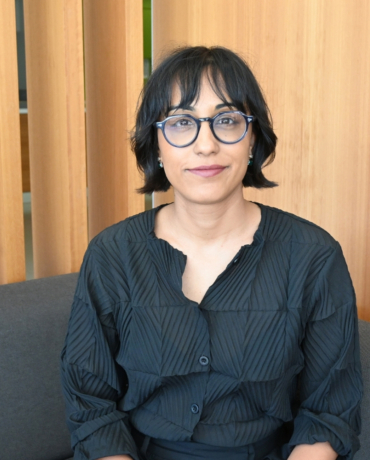The rate of dementia in Aboriginal Australians is three times that of Australia’s non-Indigenous population, a three year study into how Aboriginal Australians age has found.
The preliminary results from the study were presented today at Alzheimer’s Australia’s 15th National Conference in Hobart.
Professor Tony Broe, a Senior Principal Research Fellow at NeuRA (Neuroscience Research Australia), conducted the Koori Growing Old Well Study: a census of all resident Aboriginal people aged 60 years and over, across five urban and regional Indigenous communities: Kempsey, Nambucca, Coffs Harbour, La Perouse and Campbelltown.
Most Aboriginal Australians live in urban or regional areas like these, with only about 30% living in remote areas.
“The number of older Aboriginal Australians is increasing rapidly, and yet little is known about their health and dementia rates,” Professor Broe said.
“A previous study in the remote Kimberley region of Western Australia found higher rates of dementia at younger ages, but research in the majority urban population has been lacking.
“Like remote communities, however, Aboriginal people in urban areas have a disproportionately high burden of many of the risk factors and systemic diseases that have been linked to dementia in studies around the world. Improved understanding of this issue has important implications for ensuring access to appropriate services for Aboriginal people with dementia and their families and for future service development.”
The study was conducted between 2009 and 2012, with final data collection in October 2012. Analysis of that data is ongoing; however preliminary results suggest the prevalence of dementia over 60 years of age is more than 13 per cent in Aboriginal Australians.
“However when we adjust for the younger age of the Indigenous population, the rate is 21% or three times the general Australian rate of 6.8 per cent,” Professor Broe said.
“These preliminary results from the Koori Growing Old Well Study confirm earlier studies on remote Aboriginal populations.
“Of the causes for dementia in Aboriginal Australians, Alzheimer’s disease was the most common. Vascular dementia and dementia due to head trauma were also common, but alcohol related dementia was uncommon.”
The researchers believe that this higher rate of dementia could be associated with factors across the whole life course, from disadvantage in early childhood onwards, and including mid-late life systemic diseases. This will be addressed in forthcoming analyses.
“Importantly, the vast majority of older Aboriginal Australians do not have dementia, so we also have a lot to learn about successful ageing and resilience from this population,” Professor Broe said.
The information gathered during the Koori Growing Old Well Study is now being used to develop education and services on the Mid North Coast, Campbelltown, Western Sydney and La Perouse for older Indigenous people with dementia, and their families.
“What’s important now is that the major gaps revealed by this research in Aboriginal health are followed as rapidly as possible by health service provision for the participating Aboriginal communities,” Professor Broe said.
These services include the Koori Dementia Care Project (2001−2012), funded by Ageing Disability and Home Care, to provide better health education and ageing support to urban and regional Indigenous populations, and visiting aged health care services, which will be delivered by geriatricians from Prince of Wales Hospital and is funded by NSW Health Connecting Care.
NeuRA would like to thank our Aboriginal partners: La Perouse Land Council and ACHC Health Link Committee; Tharawal ACMS, Campbelltown; Durri ACMS and Booroongen Djugun Kempsey; Darrimba Maarra AHC, Nambucca; Galambila AHS, Coffs Harbour; and our five Community Guidance Groups.




